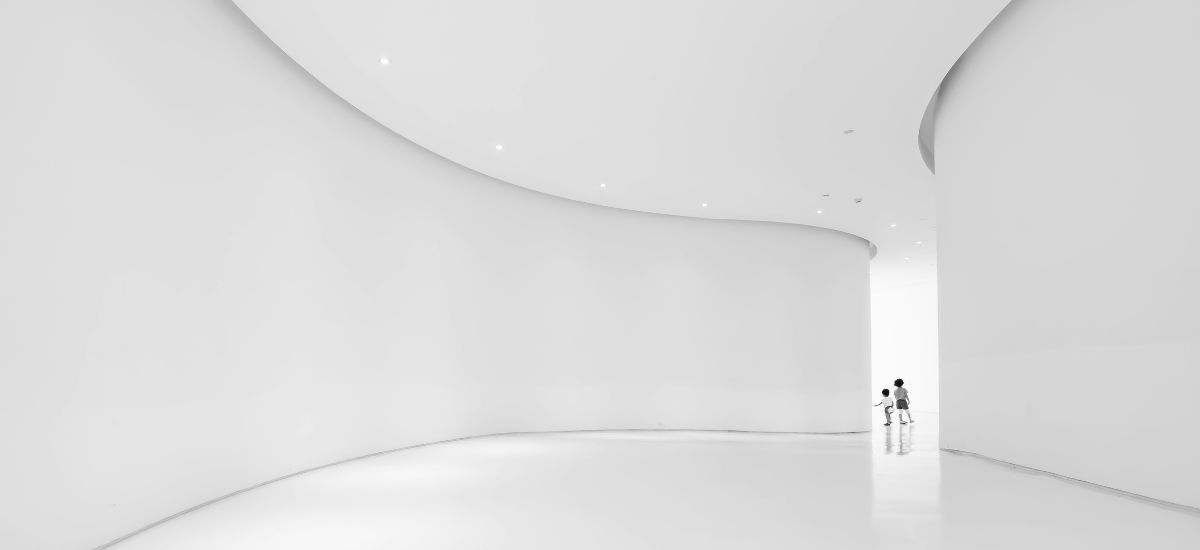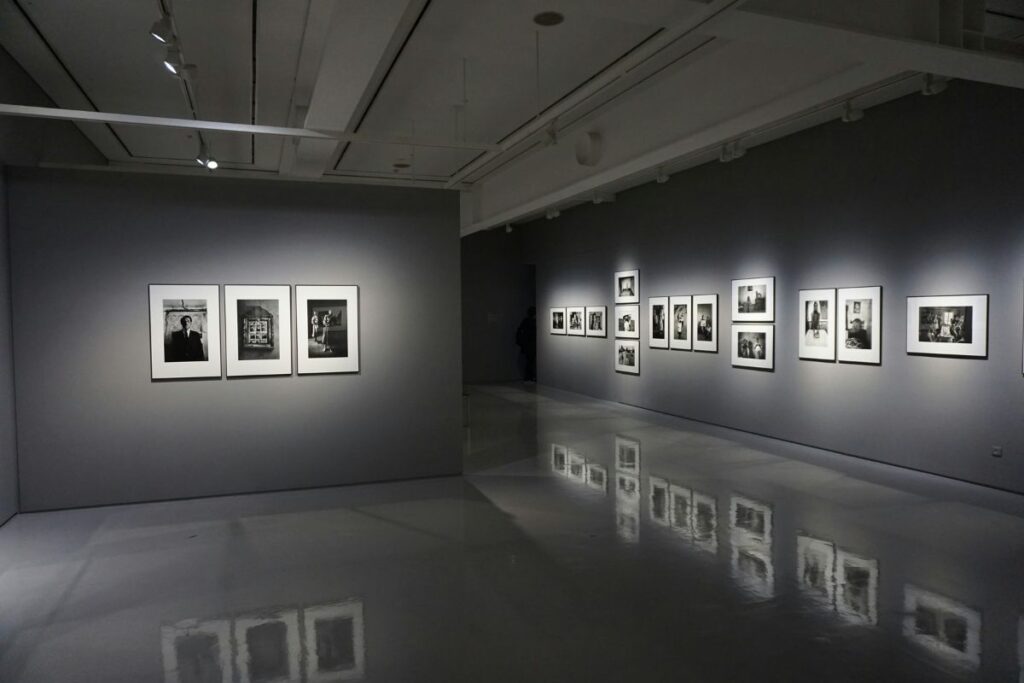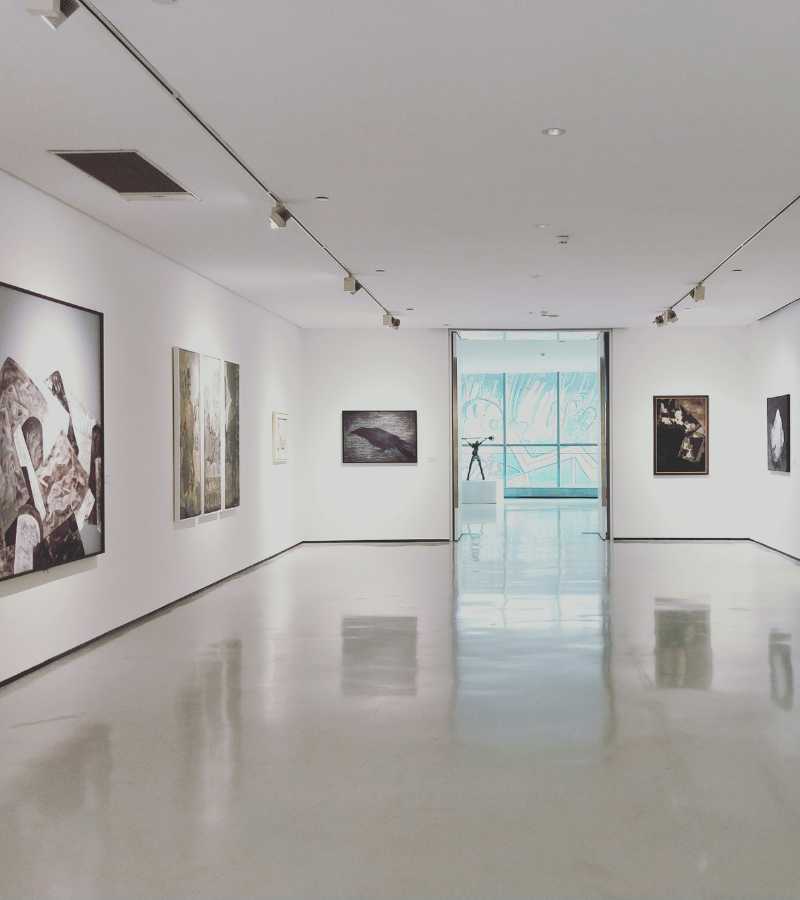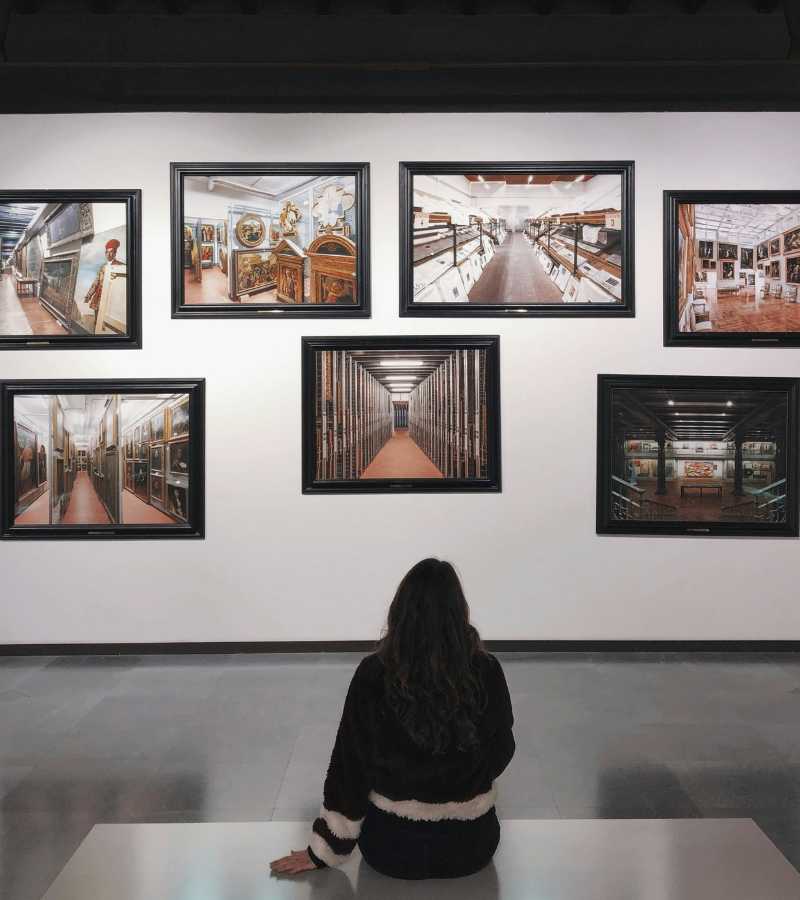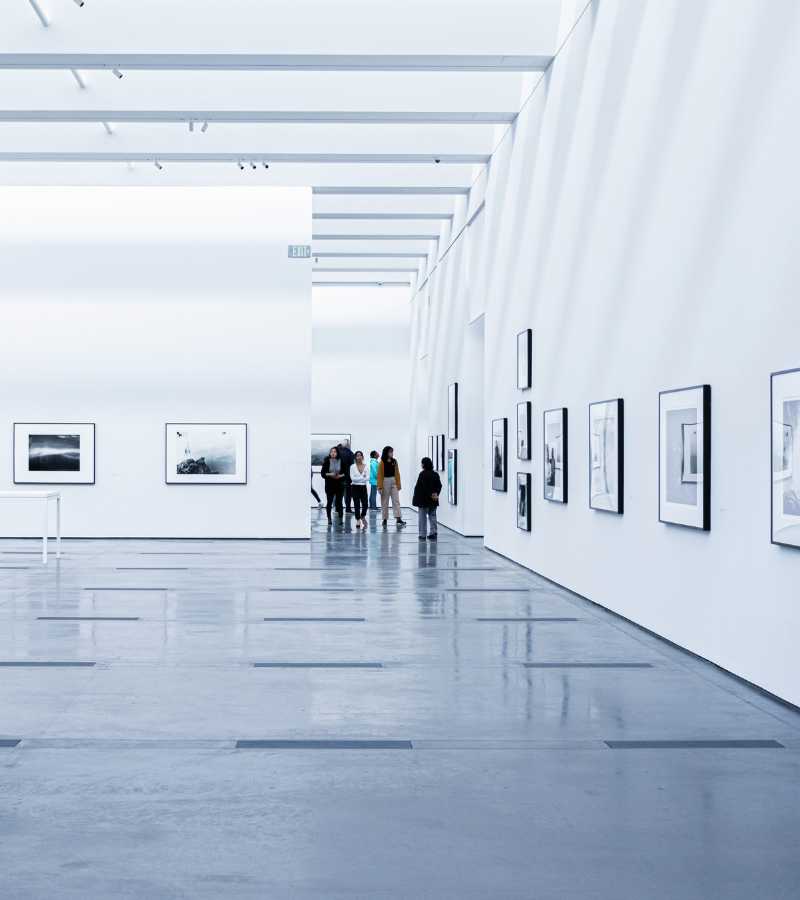Hold on to your berets, art aficionados! The art world, that ever-shifting landscape of creativity and commerce, is undergoing another fascinating transformation. Traditional roles are blurring faster than a freshly applied Rothko.
Art dealers, those savvy navigators of the art market, are increasingly stepping into the curatorial spotlight. But what does this seismic shift truly mean for art promotion strategies, the sacred practice of art gallery curation and the very future of how we experience art? Let’s delve into this evolution with a healthy dose of intrigue.

